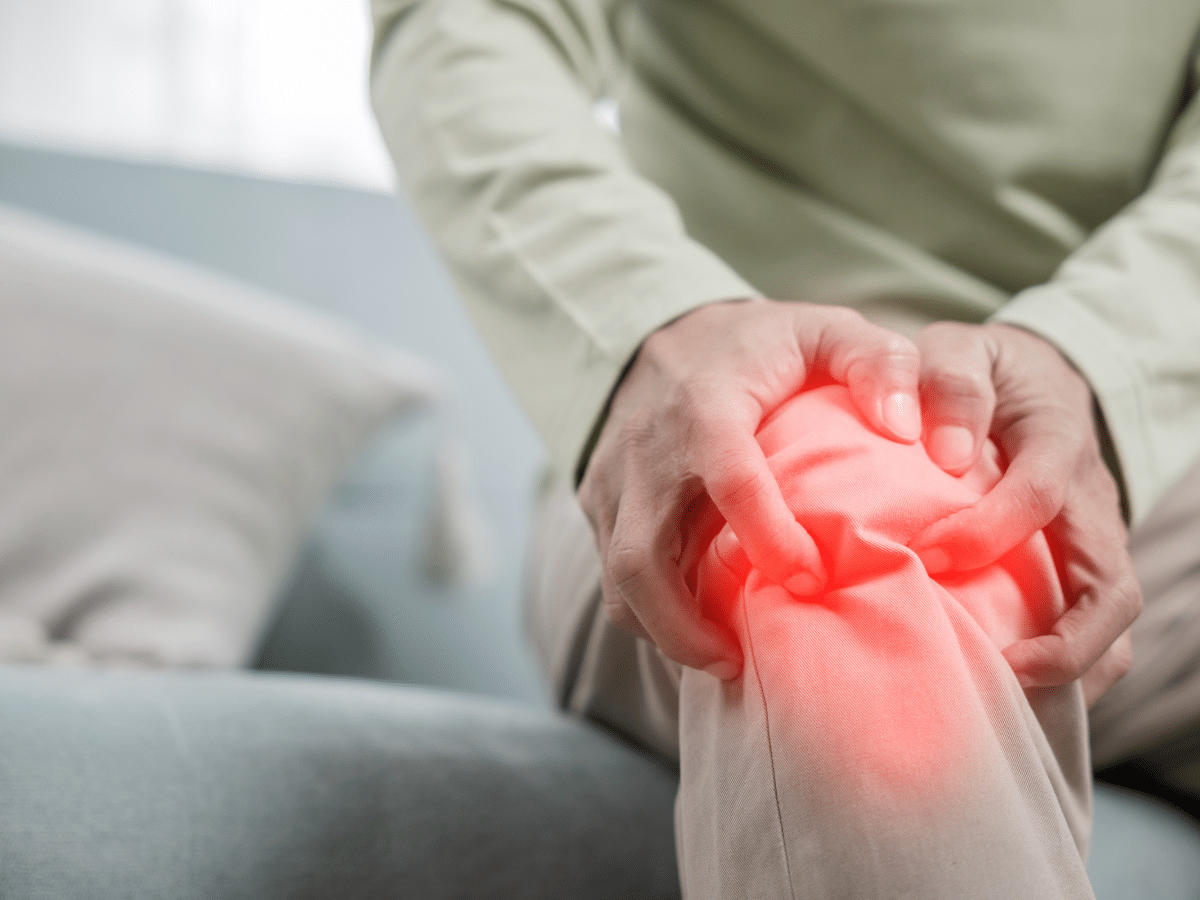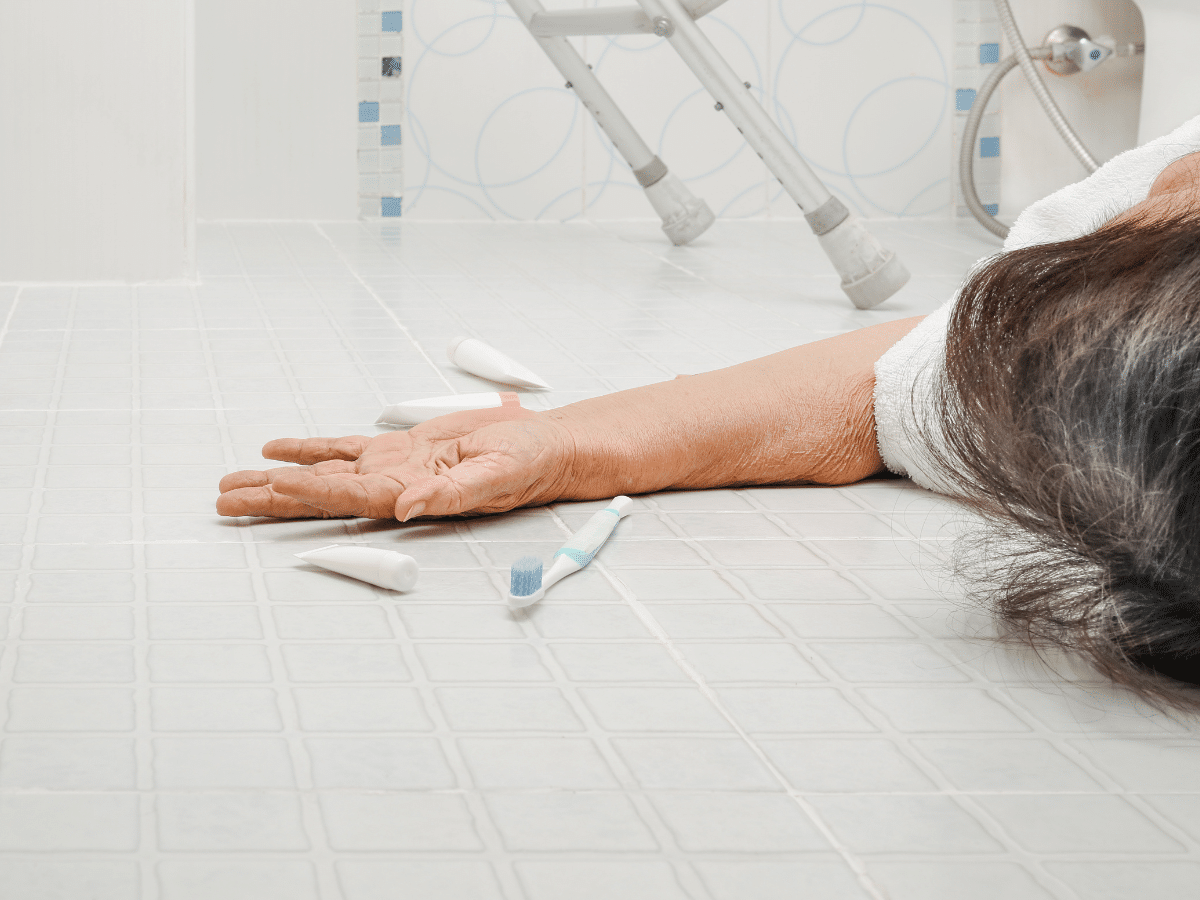Quite often, the bathroom is accused of being one of the most dangerous rooms in the home due to its slippery surfaces. The many slips and falls that occur in bathrooms throughout Canada are the culprits for far too many hospitalizations of seniors. However, it’s only fair that we highlight the fact that bathrooms aren’t the only places where injuries can happen.
We all spend a lot of time in our bedrooms. Quite obviously, the bedroom is where we sleep. And, for a senior citizen, the very act of getting in and out of bed can present dangers. This is why it’s imperative to practice some important safety measures to keep bedrooms safer for the seniors in our homes.
Here are three steps to a safer bedroom for the senior in your home:
1. Keep the floors clean and clear.
It sounds like an easy task but we’re all guilty of disrobing and chucking our clothes on the floor. It’s important to keep the floors of the bedroom where your senior sleeps free of any tripping hazards. That includes clothes, personal items and cords that connect to the wall. Even things that belong on the floor, such as foot stools, should be tucked away when not in use.
EasyRest.com shares our sentiments. “Avoid bedspreads, bed linens and draperies that reach the floor in order to keep feet from getting tangled,” adds the website, “Before getting out of bed look at the floor and make sure pillows or blankets have not fallen down onto your walking path.”
2. Make bathroom visits easier.
The senior in your home may likely need to visit the bathroom a few times throughout the night. This is normal. However, depending on how far the bathroom is from his/her bedroom, the trips could cause potential dangers. Be sure to have night lights on in the hall so that your elderly loved one can easily see his/her path to the bathroom.
However, as Elizz.com, points out, if the senior in your home requires frequent bathroom visits at night, you may want to adopt an alternative source of relief, such as a bedside commode or urinal. “If using a commode, ensure the toilet paper and hand sanitizer are within reach,” advises the site, “The commode should be placed close to the bed to minimize both walking and the risk of falling.”
3. Utilize a home hospital bed.
Especially if your elderly loved one is having issues getting in and out of bed, a home hospital bed is an excellent alternative to the traditional bed. Home hospital beds allow individuals to adjust bed positioning with proper therapeutic mattress surfaces. They are perfect for individuals who have a hard time getting in and out of bed, have sleeping issues or insomnia or are bedridden.
If you have any questions about the home hospital beds offered by LifeCare Mobility Solutions, please don’t hesitate to call us at 647-350-4488 or email us at info@lifecaremobility.ca. You may also contact us by filling out the form on our Contact page!













































